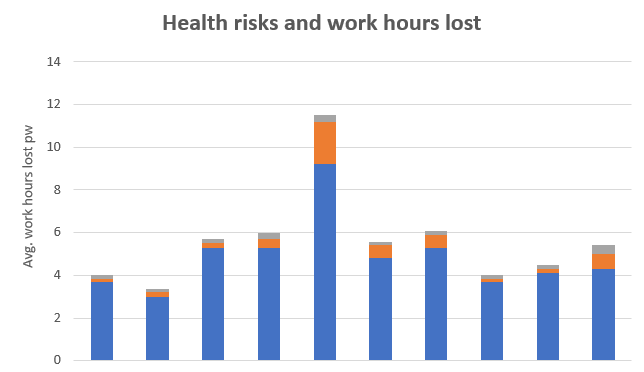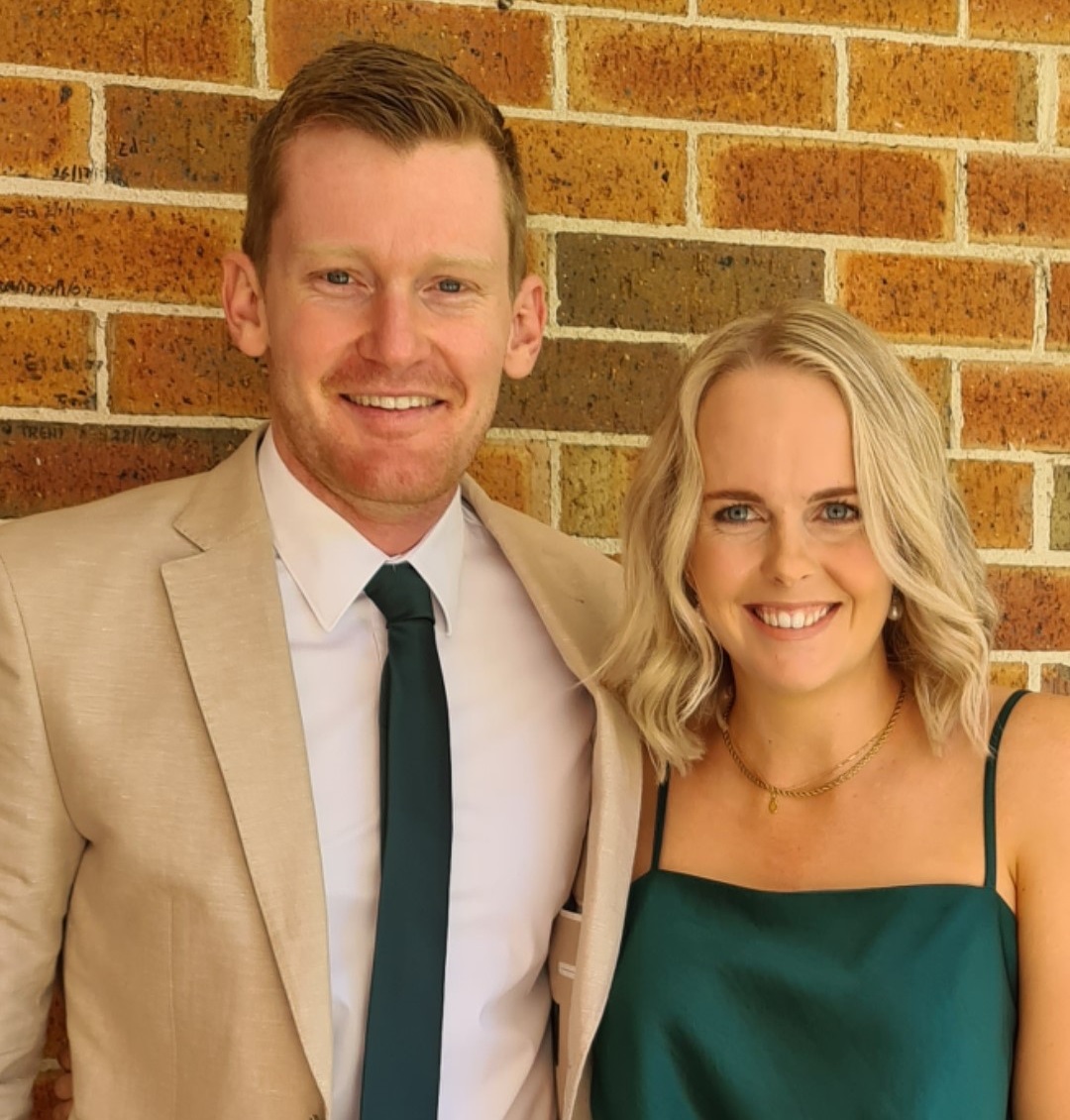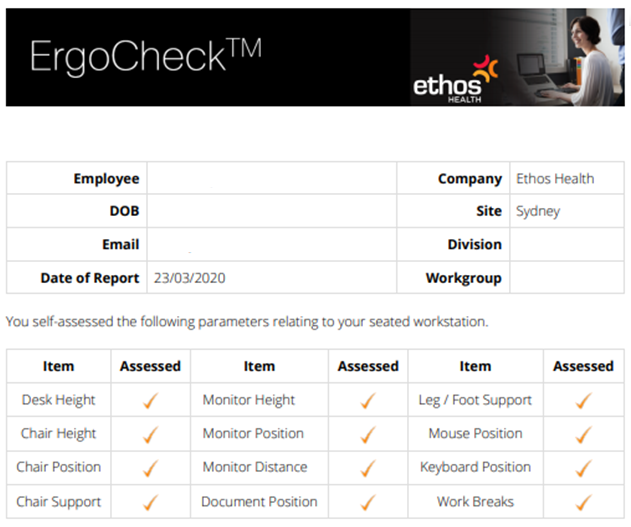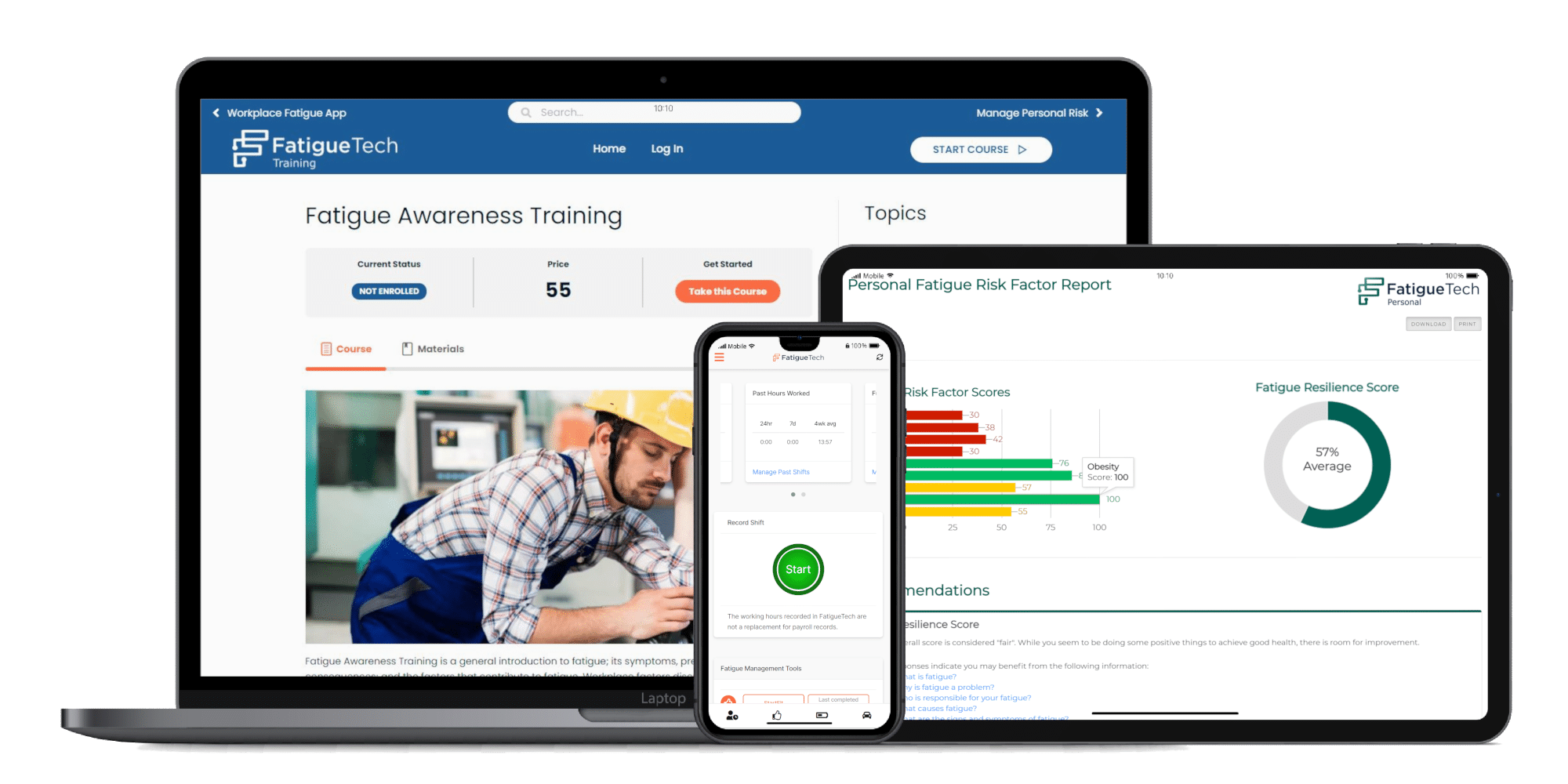How to create a fatigue risk management system and resistant culture?

The team at Ethos Health have had the pleasure of being part of Kalari’s national “Stop for Safety Days” across Australian in eight of their depots throughout 2016 in the pursuit of achieving their goal of zero harm and to be a leader in safety and compliance in their industry. As part Kalari’s fatigue risk management system Ethos Health’s role was to provide Fatigue Awareness Training and lead the development of a Kalari specific Fatigue Charter in consultation with the national workforce, which is part of the broader Kalari Fatigue Risk Management System (FRMS).
Fatigue Risk Management System
The Kalari FRMS already includes a number of elements of the multi-layer structured fatigue risk management system proposed by Dawson [1] where control measures can be applied at four points in the error trajectory. This multilayer model has the potential to achieve a greater level of control regarding a safety risk such as fatigue than trying to perfect any one level of control, as well as, be far more cost effective.
Kalari have implemented in-vehicle technologies (MT Data) to make the process of complying with working hour standards (Heavy Vehicle Fatigue Management Regulation) easier for their drivers, as well as, monitoring and ensuring compliance to the regulations from a business level. This is consistent with level 1 control mechanisms in the error trajectory model to determine whether a roster or schedule provides, on average, an adequate opportunity to obtain sufficient sleep.
Putting fatigue control mechanisms in place
The Fatigue Awareness Training delivered by Ethos Health was focused to address level 2 and 3 controls, with key messages including;
- Fatigue cannot be eliminated…but it can be managed
- Everyone has a role in managing fatigue…shared action is one of the most powerful ways of reduce the risk of a fatigue-related incident
- Discuss the impact of workplace (leadership, systems, culture) and individual (smoking, nutrition, alcohol, physical activity, sleep, mental health) risk factors of fatigue
- Empower you to make small changes to those factors you can control, which could make a big difference to your experience of fatigue
- Respond preventatively to the early sign of fatigue rather than react to escalating fatigue symptoms
Kalari have also been actively been rolling out the Guardian (Seeing Machines) technology in all its heavy vehicles, which is an error analysis technology that proactively alerts the driver to eye closures or distraction. This technology is a level 4 control where symptoms escalate to fatigue-related incidents before they become an accident.
Leadership in the company’s FRMS
There is an acknowledgement from the Kalari leadership team that the FRMS is not yet best-in-class and their continuous improvement focus has already identified areas of improvement with regard to the structure and auditability of their level 2 and 3 level controls, such as determining when individuals are provided sufficient time to sleep actually obtain it and tracking behaviour symptoms, as well as, the solutions their workforce are using to manage fatigue. In time this data contributes to identifying a preferred path or pattern to manage fatigue, and creates a solutions-driven approach rather than approaches that only identify the symptoms or problem.
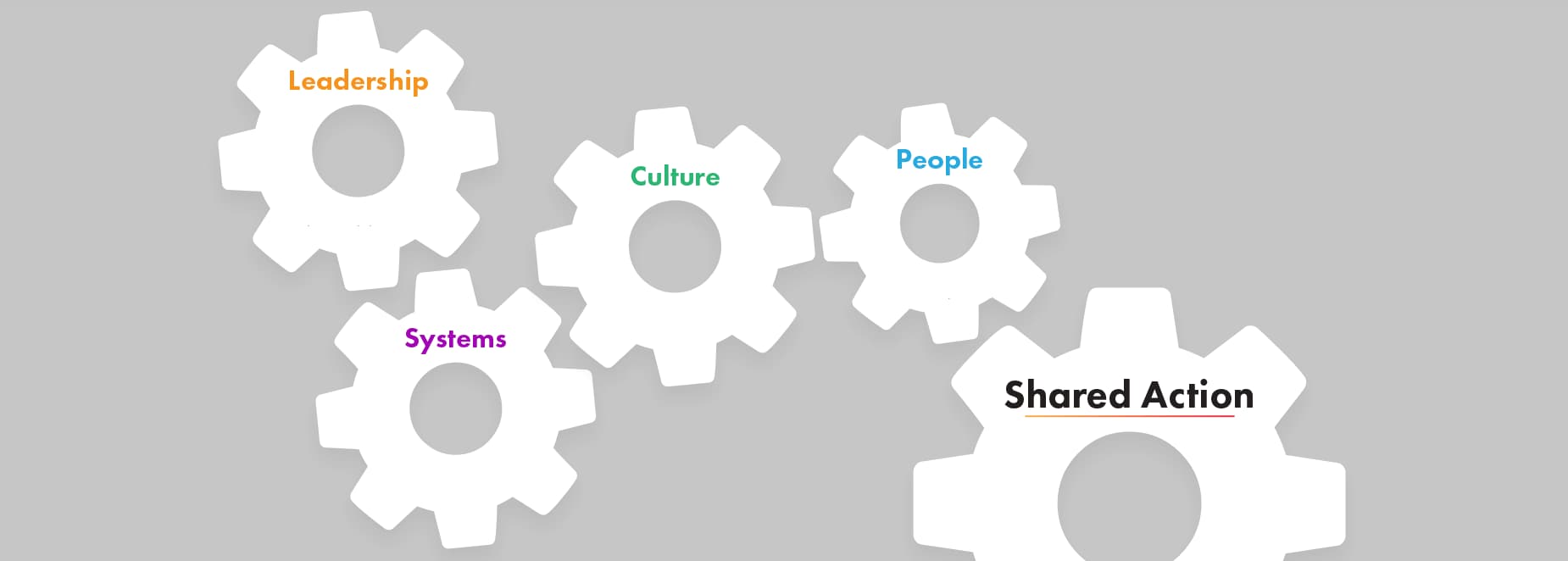
Learn More: Reducing the risk of fatigue in 2017
Create a positive workplace culture
The next steps are already in place at Kalari with the development of a Fatigue Charter, which has been an exciting process to lead for our team at Ethos Health. The vision of the Fatigue Charter is to create a workplace culture where the collective knowledge, ideas, beliefs, and attitudes create shared actions against the risk of fatigue. The session started by asking the questions;
- Are you confident that your colleagues manage fatigue well?
- What are your expectations of a person driving opposite you this morning who was fighting against sleep?
The responses were consistently “no”, and “I would want them to stop and take action,” respectively. The workforce then indicated that they would like confidence in their workmates commitment to take action when fatigued, rather than push through. It was also outlined that the expectation you have of other people driving whilst fatigued, will be the expectation they have of you. The workforce then responded to the following pledges to create their charter.
I pledge that if I
- observe a co-worker who is affected by fatigue…I WILL…and I CAN EXPECT A LEADER OR CO-WORKER TO…
- observe a co-worker who is affected by fatigue…I WILL…and I CAN EXPECT A LEADER OR CO-WORKER TO…
The responses from the workforce across all eight Kalari depots were extraordinarily aligned and they now have a Fatigue Charter that underpins the culture where the collective knowledge, ideas, beliefs, and attitudes create shared actions against the risk of fatigue.
I want to take this opportunity to congratulate Kalari on the progressive approach to managing the risk of fatigue for their workforce and for being part of their pursuit of their goal of Zero Harm.
 |
Damian Bassett General Manager Safety | Kalari Pty Ltd
|
“At Kalari we have been focussed on the compliance and technology aspects of fatigue management for some time, an now Dr Trent Watson and his excellent team at Ethos Health have provided us with education on Fatigue First Aid and facilitation of Fatigue Charter development across the country. With the assistance of Ethos Health we are progressing towards having multiple and coordinated fatigue controls in place and integrated into our Kalari Safety Management System”




